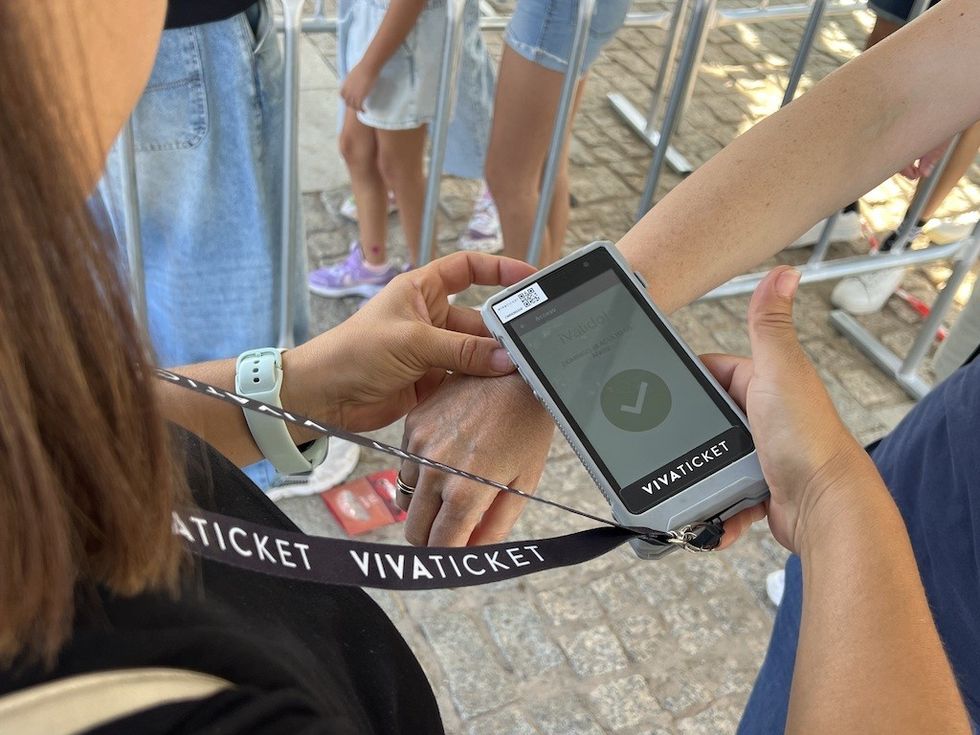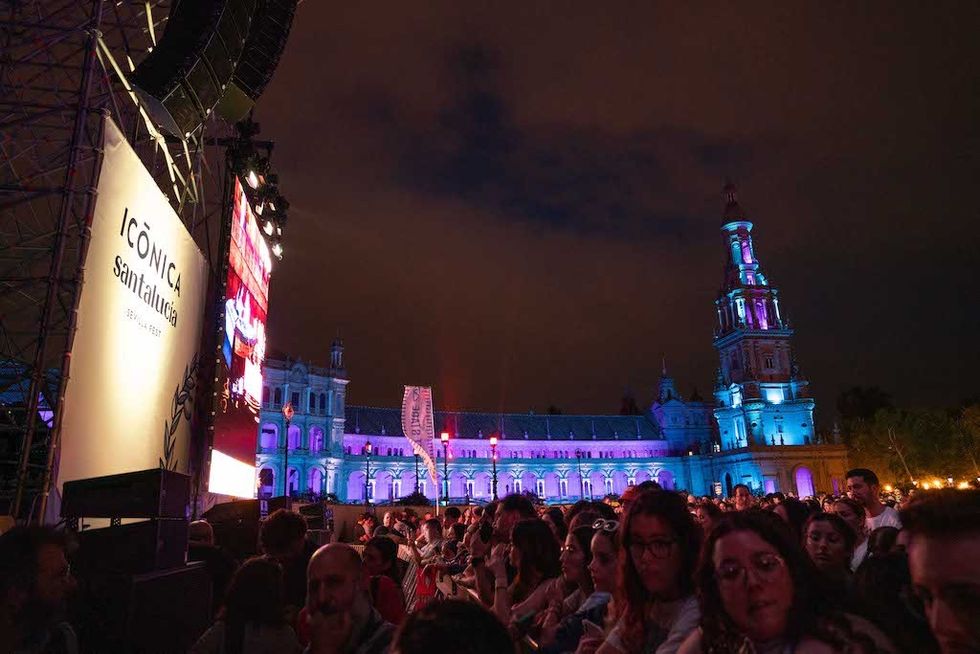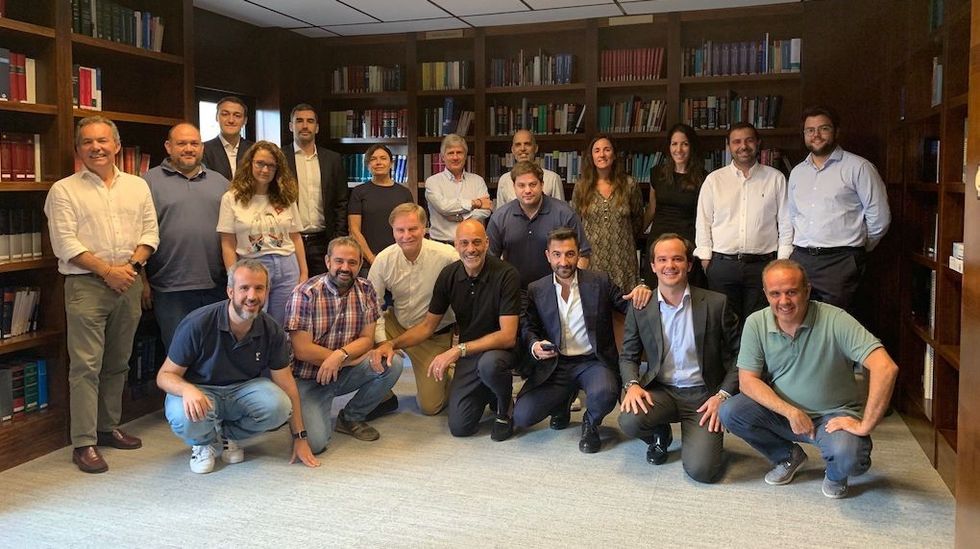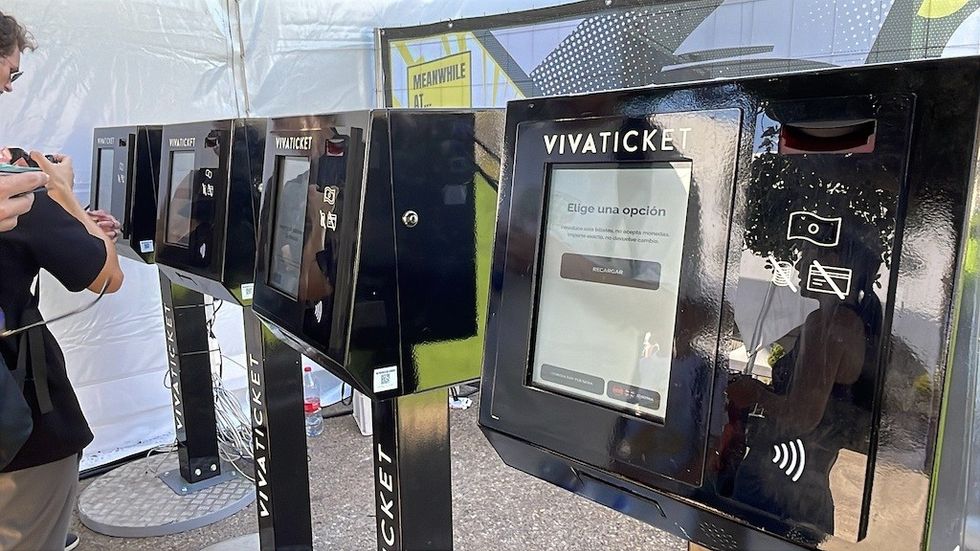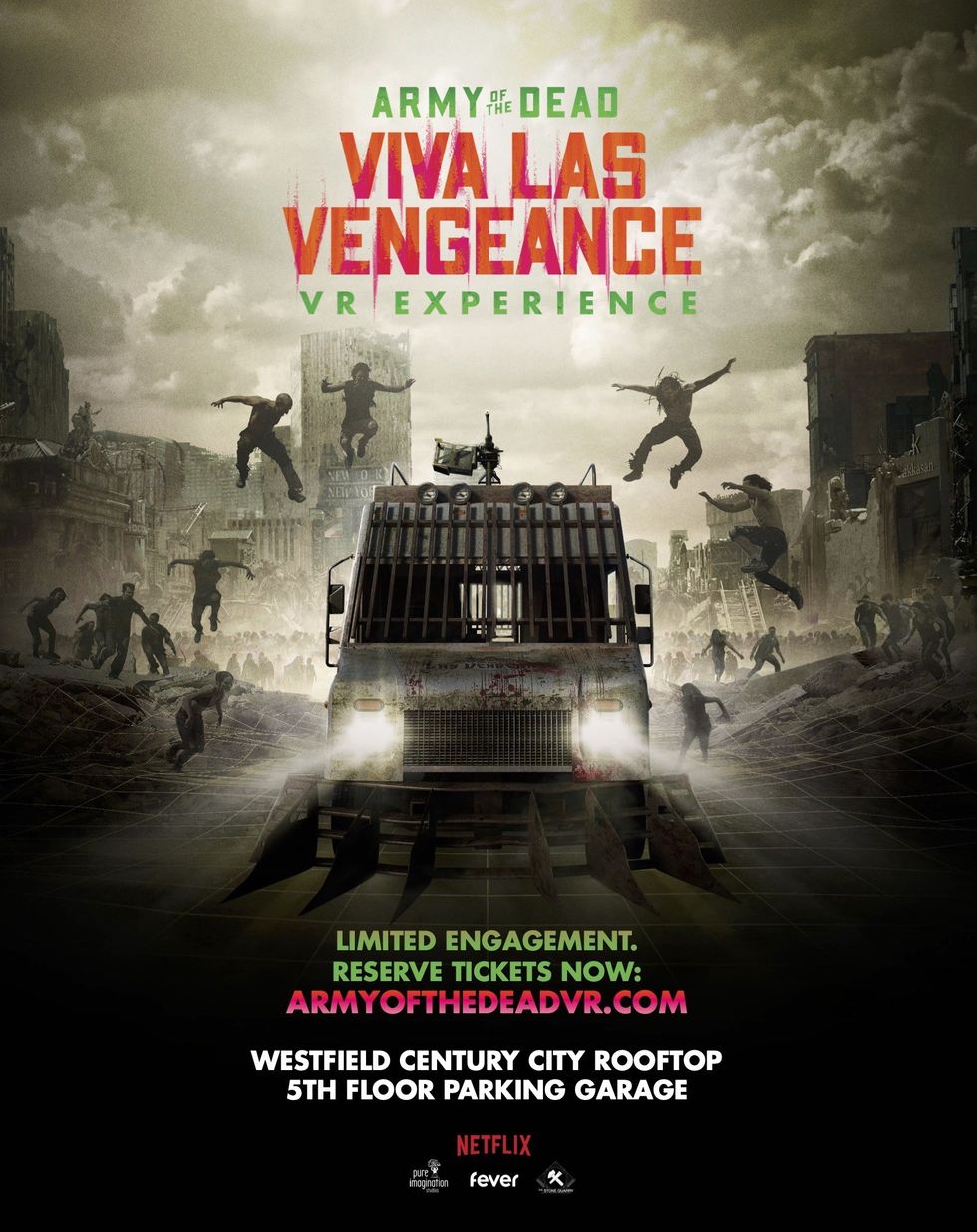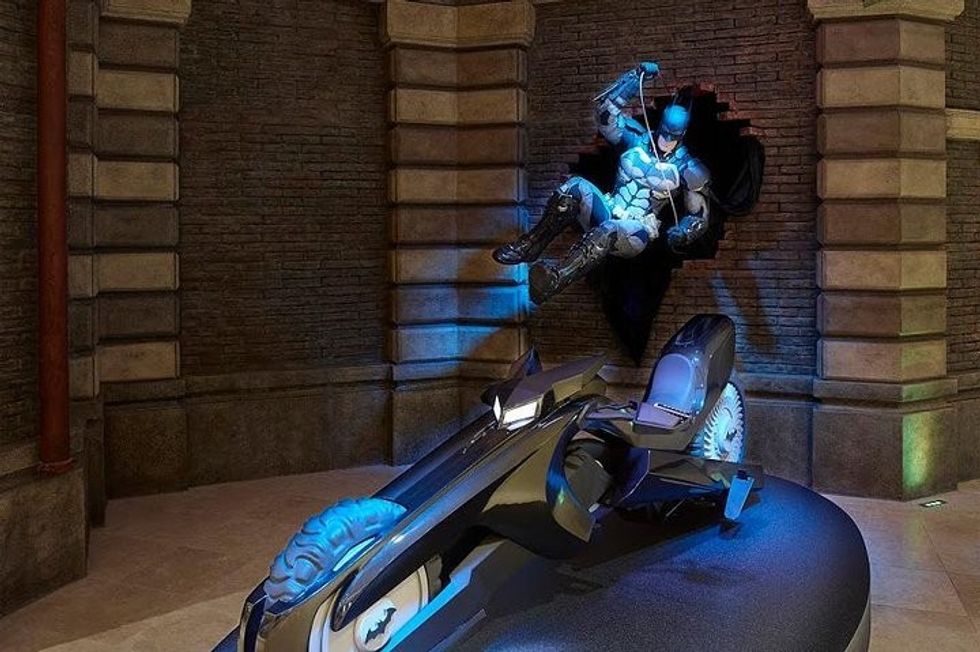Bob Baker’s historic Marionette Theater recently performed a run of its Halloween Spooktacular show at Knott’s Berry Farm. After a year of experiencing so many virtual events, guests are engaging with tangible live performances. History came full circle, as Knott’s Berry Farm reached its century, with families enjoying cabaret-style puppet shows, as their grandparents did.
The Bob Baker Marionette Theater (BBMT), founded by Bob Baker and Alton Wood in 1963, is the oldest children's theatre company in Los Angeles. In June 2009, the theatre was designated as a Los Angeles Historic-Cultural Monument. In early 2019, the theatre moved to a new permanent home at York Blvd, Los Angeles.
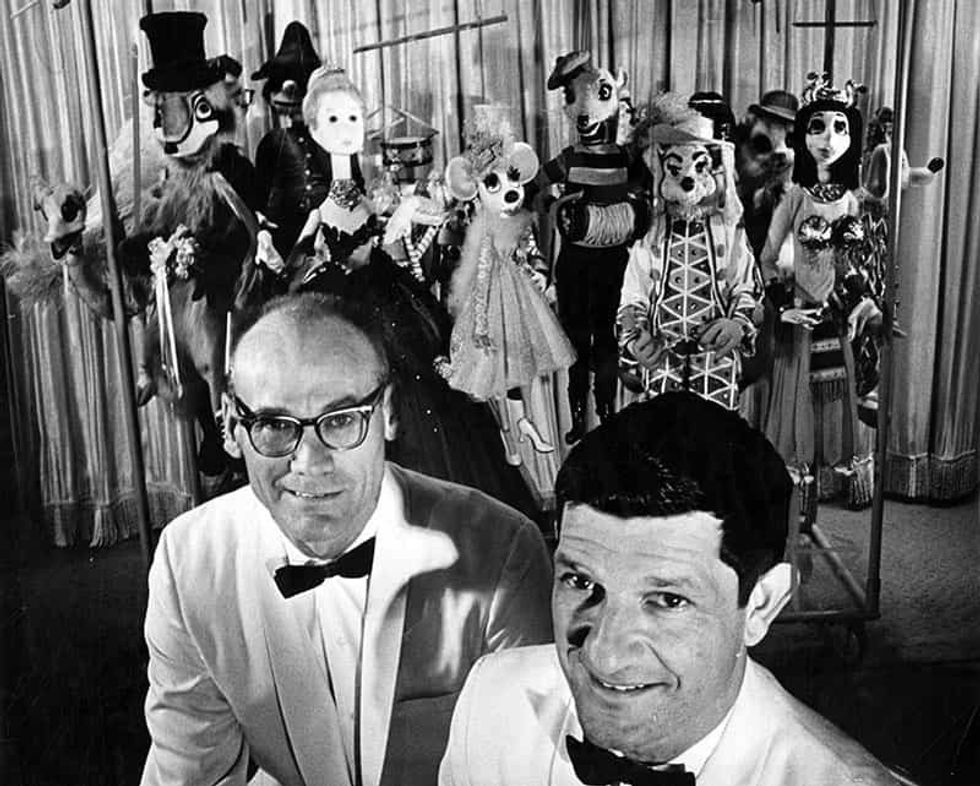
Bob Baker was a contemporary of Walt Disney. He designed window displays for the original Main Street USA at Disneyland; some of these pieces are still on display at the park today. This summer, the Marionette Theater started a residency at Knott’s Berry Farm. This was then extended to include a Halloween show.
Discovering the Bob Baker Marionette Theater
Alex Evans, Executive Director and Head Puppeteer, and Winona Bechtle, Director of Development and Partnerships, spoke to blooloop.
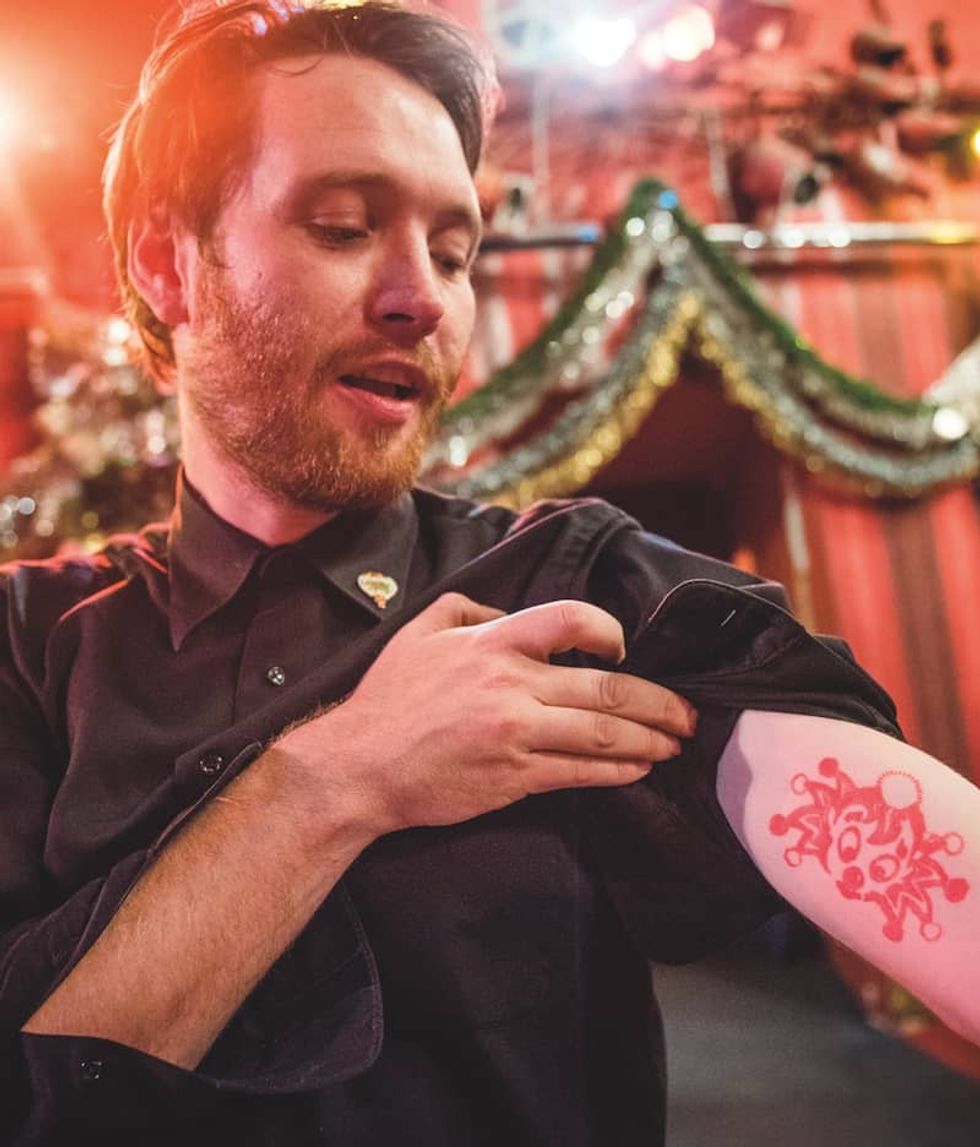
Evans joined the theatre in 2007. He talks about puppetry, the theatre, and the legendary Bob Baker, whose marionettes have entertained thousands of children and adults worldwide for more than 70 years.
“In 2007, I was in school for film and photography. I had no previous background in puppetry whatsoever,” he begins. “I was looking for internships in animatronics and special effects, and Googled ‘Los Angeles puppets’. The Bob Baker Marionette Theater came up.”
He went to see a show, and it blew him away:
“I've never seen anything like that before. I spoke to Bob about helping. At that time, it was a super-small crew of people, where everybody was doing everything. It is the type of place that you fall more and more in love with every day. I still do. I think all of us still do.
"It is incredible, largely because there are so many different entry levels. In my case it was film, but there is also music, engineering, or art, theatre. There is so much to engage with. That's what sucked me in.”
The legacy of Bob Baker
When he started, Evans was helping Bob Baker with digitising the music of the shows.
“At the theatre, we performed pre-recorded soundtracks. Most of the shows are decades old, so they existed on vinyl and on cassette tapes. I was essentially updating Bob to the digital age."
He carried this weight of enchantment around, and you felt it, being in the same room with him
“Bob was the sweetest, most imaginative guy. He couldn't stop, like twiddling his fingers or making things dance around. He was probably in his late eighties at the time. You got the sense of this mythic kind of person, who was not only revered by the puppetry and Los Angeles communities but who had made a million kids happy.
“He carried this weight of enchantment around, and you felt it, being in the same room with him. He was lovely. I'm honoured to have known him.”
A passion for puppetry
Outlining the origins of Bob Baker Marionette Theater, Evans says:
“When Bob Baker was six years old, back in 1930, he saw a puppet show in one of the downtown Los Angeles department stores. He was so captivated by the show that he went to see all the shows throughout the day. He then convinced his parents to buy him puppets and to teach him.
"The first version of the Bob Baker theatre was in his back garage. There are stories of him blowing the power for the whole neighbourhood with the lights he set up there.”
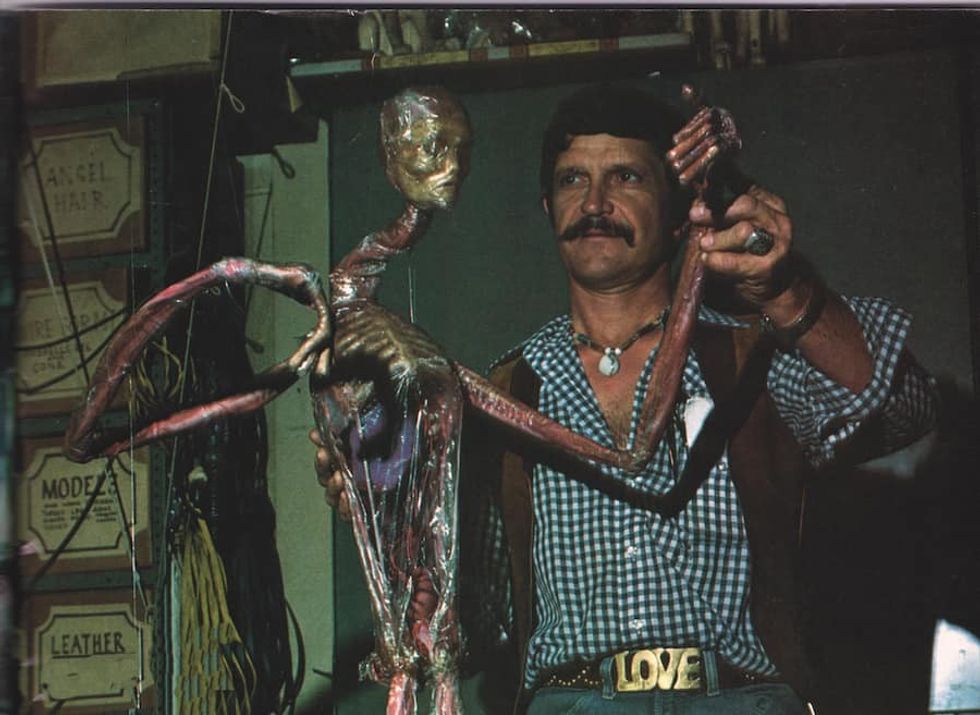
At age eight, Baker trained with several Los Angeles-based companies before giving his first professional performance for director Mervyn LeRoy. While attending Hollywood High School, he began manufacturing toy marionettes that sold both in Europe and the United States.
“When he was a pre-teen, he was, essentially, obsessed with puppets. He would do birthday parties for celebrities and at department stores, all over Los Angeles.”
After graduation, Baker became an apprentice at the George Pal Animation Studios. A year later he was promoted to head animator of Puppetoons. After World War II, he served as an animation advisor at many film studios, including Disney. His puppetry was also featured on TV. Baker was instrumental in championing union membership for puppeteers. As a result, Screen Actors Guild and AFTRA now recognize puppeteers as actors with a special skill.
The start of the Bob Baker Marionette Theater
“In the sixties, he opened the Bob Baker Marionette Theater in downtown Los Angeles,” Evans continues. “It’s custom-made. We like to think of it as like a little kid's version of a fancy theatre, their first lifetime experience within the theatre.”
Describing the process, he says:
“Every show has about a hundred puppets in it. We do it as theatre in the round or cabaret-style. This means the puppeteer and the puppet come right up to you, sit in your lap and interact. It's all performed to a beautiful soundtrack of show tunes and novelty records.
"Each show is an hour-long spectacular with lights and drops. It’s built of imagination and surprises. Me and all the staff that watch the shows leave with a grin from ear to ear. I am perennially surprised by the tricks and the magical things you can do with puppets.”
Bob Baker died in 2014.
“Myself, and the puppeteers in the crew at the time, wanted to keep it going. We became a non-profit, and that's where Winona came along. She helped us formalise as a non-profit. We moved buildings right before the pandemic. We turned a 1920s vaudeville theatre into a puppet theatre.”
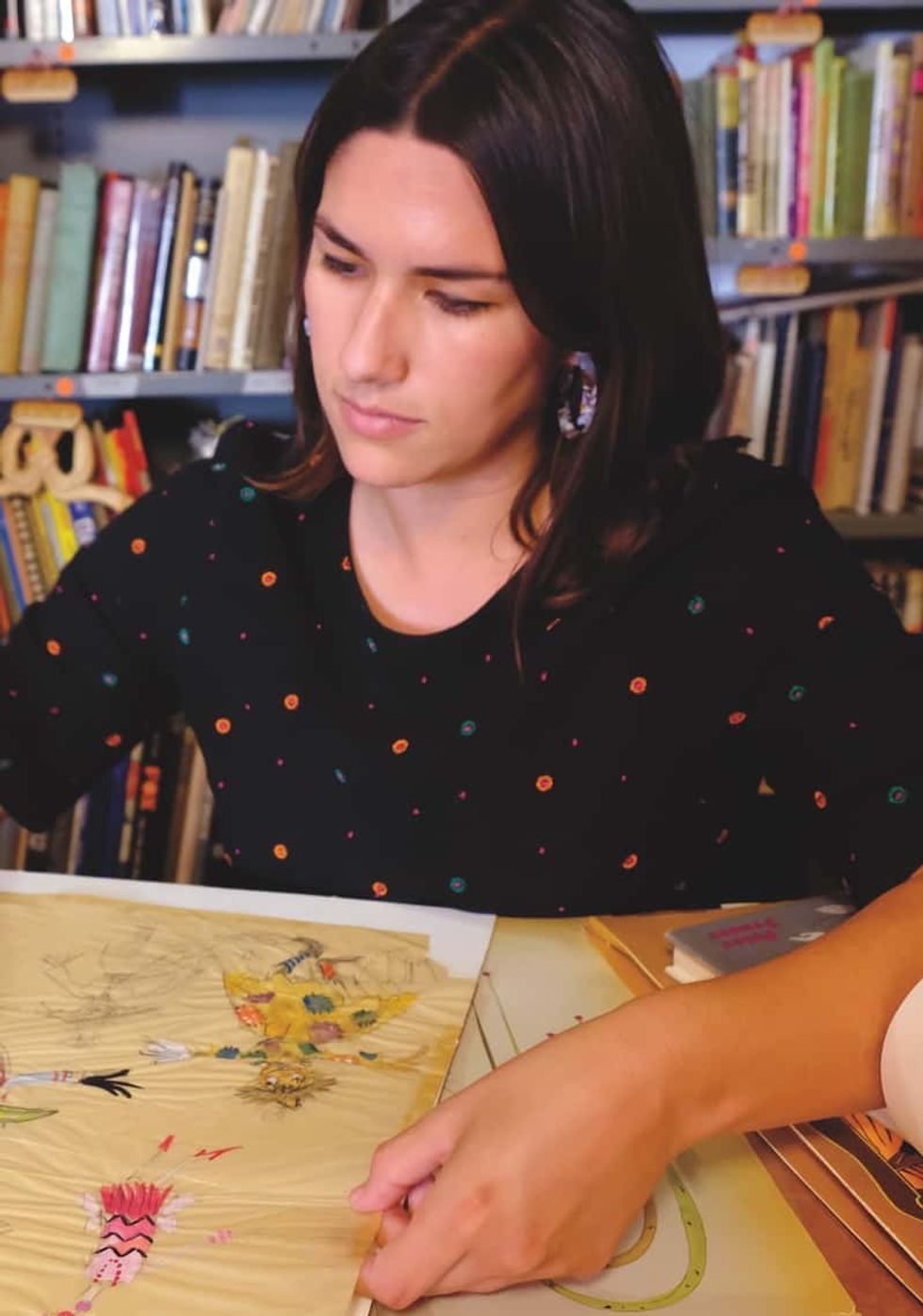
Winona Bechtle delivers the company’s fundraising needs, establishing relationships with organisations and businesses outside the Theatre’s physical space. She has been coming to the Bob Baker Marionette Theater since she was 5 years old. She now helps it flourish as a sustainable and historic non-profit organisation.
Bob Baker and Disney
Bob Baker’s association with the Disney brand started during the 1930s:
“When Disney first started promoting Snow White and Dumbo, there were puppet shows in Los Angeles department stores that would go along with these movies as promo campaigns. Bob worked with Wayne Barlow and Bob Bromley, puppeteers at the time. They did the first show of Snow White and Dumbo.”
Walt Disney came to see the shows, which was Baker’s first experience with Disney as a person, though he had been a fan for years.
“We have the correspondence from when, as a little child, Bob Baker wrote to Disney saying, ‘Hey, can I come see your studio?’ Hyperion Studios wrote back, saying, ‘Well, we can't let every little boy who writes to us come see it," says Bechtle. "Otherwise, we'd have too many people running around it.’”

In 1937, the Disney company hired puppeteer, Bob Jones to work in the model shop. Bob Jones created a Pinocchio marionette as part of the development of the animated film Pinocchio (1940). Bob Baker served as a puppetry advisor to Disney. When Disneyland opened in 1955, the Bob Baker collection of Disney Character Marionettes were on sale to the public.
Evans says:
“Bob Jones was a special project public consultant for Pinocchio. He invited Bob Baker to come down to the studio and be part of that process.”
Window displays and souvenir marionettes
“As a little kid, like Alex said, Bob was writing to the studios, and performing with his Hestwood Mickey and Minnie marionettes," says Bechtle. "In 55, 56, he was doing window displays for the Fantasy Disneyland store. We still have those jesters in our lobby. They are holding their hands out because they used to hold handbags in the window display.
“Having worked on those original windows, Bob stayed pretty involved. In the late 60s, he got involved in the character window displays. After Walt's death, and once Epcot opened at Walt Disney World in Florida, he started to make the window displays at Disneyland. He did window displays for Sleeping Beauty, 101 Dalmatians, Peter Pan, Aristocats and so forth through the 60s and 70s. In 1984, Pinocchio was re-released.”
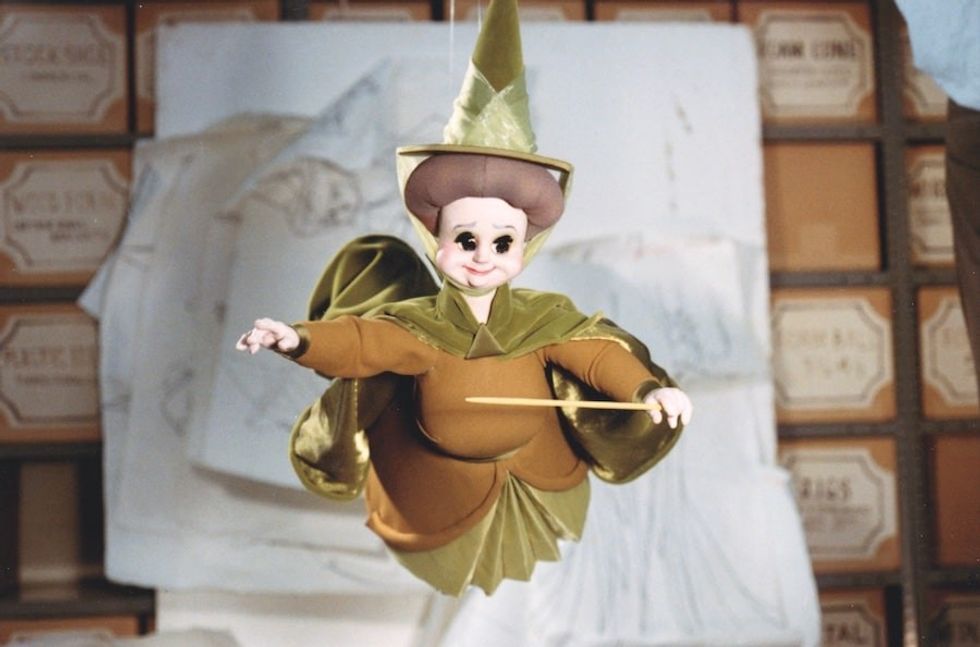
Baker made 2500 collectable Pinocchio marionettes that were sold in the Disney galleries and Disneyana:
“From 82 to 89 he made 37 collectable characters for the parks. Some were throwback characters; Hestwood Marionette reproductions such as Bucky Bug and June Bug, Steamboat Willy, and Peg Leg Pete. He also did some contemporary marionette characters. I think the last one he did in that series was from The Nightmare Before Christmas: Jack Skellington, Sally, and Zero marionettes were all sold.
"Many people are surprised to hear about the fifties and sixties window displays. But we hear pretty frequently from people who bought the commercial puppets over the years. They come to us either wanting them restored or repaired or valued.”
The modern Bob Baker Marionette Theater
In terms of today’s puppets, Evans says:
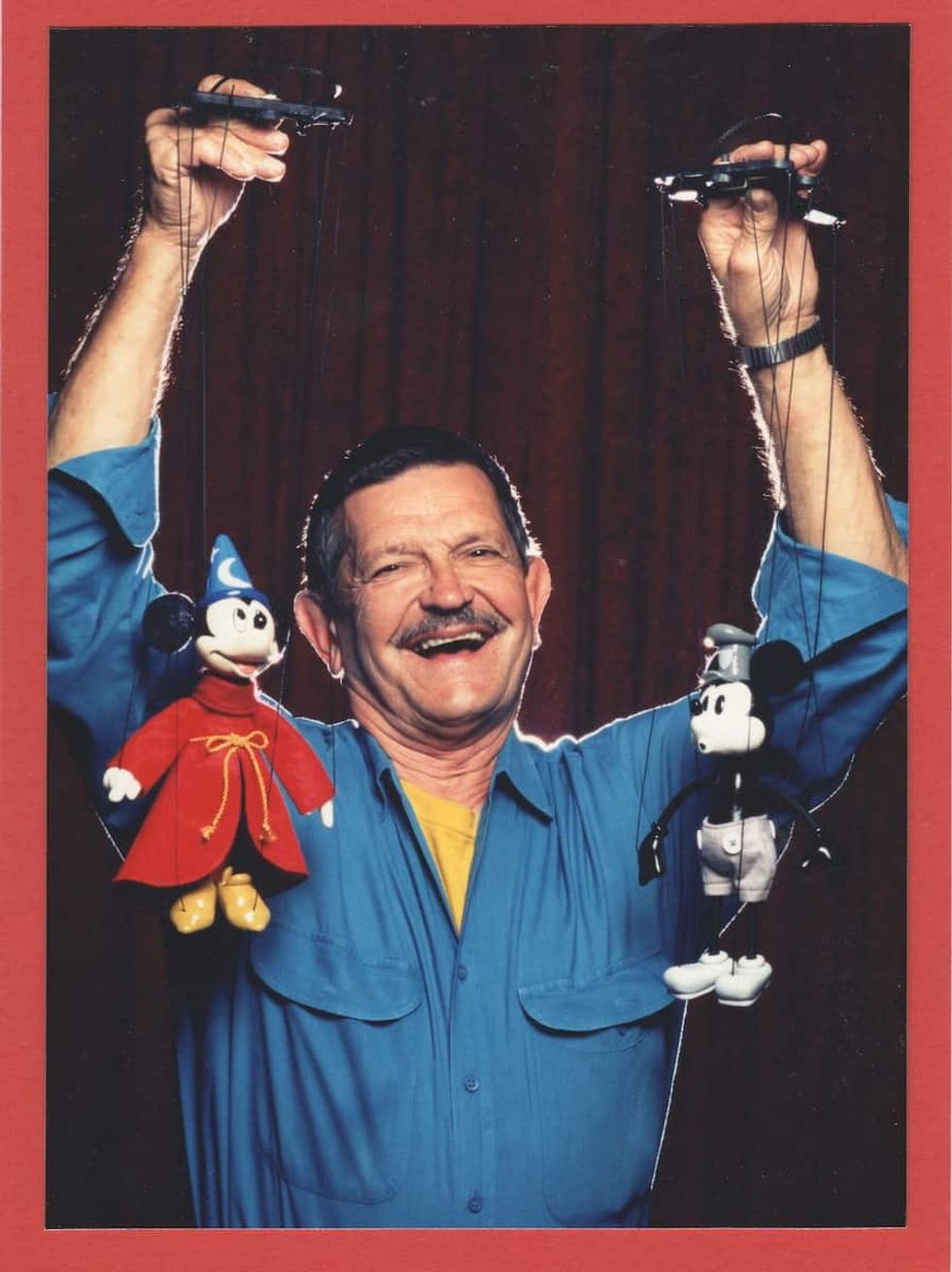
“A lot of them predate us. We’re very proud of the revitalisation of our fabrication rooms. In fact, we have just debuted our new Frankenstein puppet. We’re making brand new puppets now, but in addition to the brand-new ones, the puppets we use date back for decades. It’s a constant restoration project, but we're essentially using the same puppets that were seen by kids back in the sixties or before.
In our Nutcracker show, we have these candy cane guitarists. They are the same puppets used at Disneyland back when it opened in the late fifties. It is one of the most beautiful things; using the puppets in the shows you feel the legacies of the people who operated them before. In Escape to Witch Mountain (1975), there is a scene that Bob did where all the puppets come to life. We have all those puppets. I use the dodo-bird every week.”
"People often recognise that they're the puppets from the movie," adds Bechtle. "You just casually see them here in our shows all the time.”
Evans, defining the enduring appeal of puppetry as an art form, says:
“For me, it's the sense that it's the expression of something lifelike that you can empathise with and relate to, but it's sufficiently fantastical to give your imagination and wonder full rein. It’s both very relatable, and also a great vessel to communicate or tell a story or convey an emotion.”
The business evolves
Evans sketches the evolution of the Bob Baker Marionette Theater:
“When Bob first started, he had his commercial line of puppets, the toys, as well as doing puppets for movies and his theatre. It was a different landscape back in the day; puppets were much more prolific. Over the years, with movies, CGI took over. In the theatre, especially in America, puppets are very much conceived as kids’ theatre. We do a lot of field trips.
“In 2008, the financial crisis hit the budgets for field trips. So, we had to adapt again, as we have done so many, many times over the years."
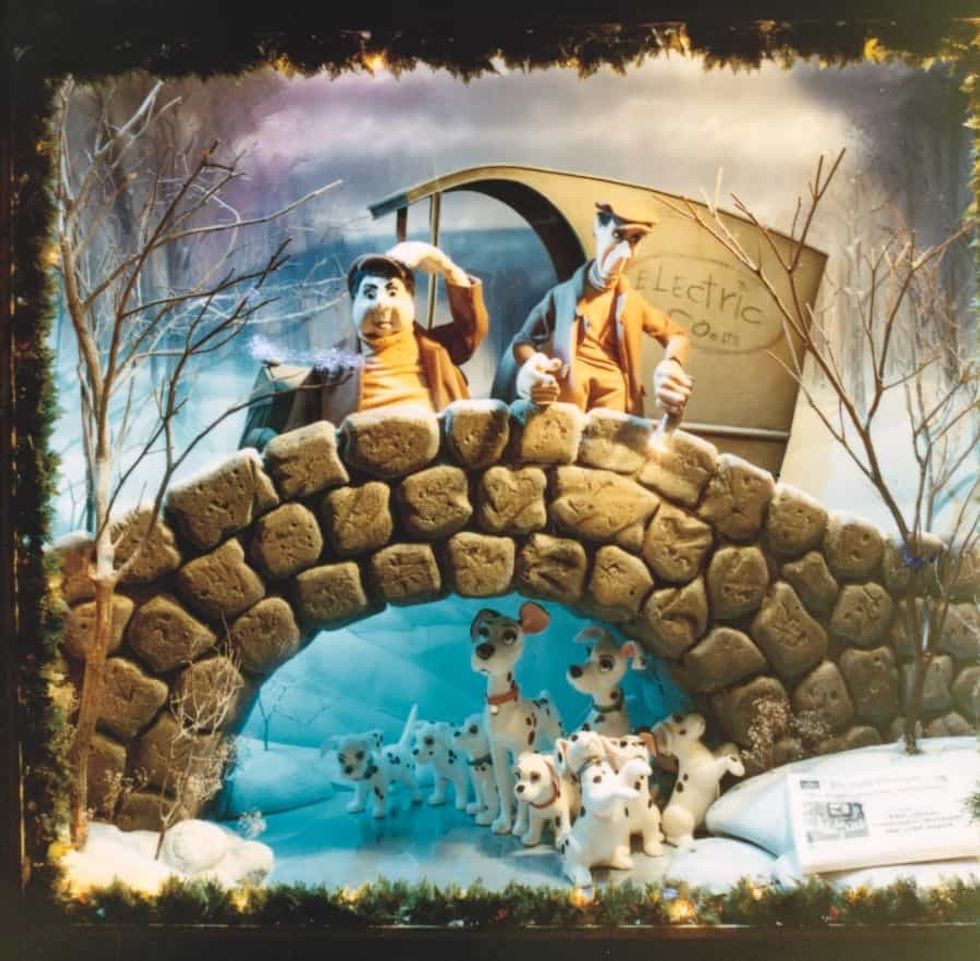
"The most significant recent change has been becoming a mission-focused non-profit, inspiring imagination and education and celebrating puppetry and the allied arts. On top of that, there are so many different entry points for puppets, so many things you can do.
"We pride ourselves on being able to adapt and do an interactive children's museum show, being able to perform with puppets at Knott’s Berry Farm, to make puppets for conventions. We've also done a lot of celebrity portrait puppets. About two years ago, we made a portrait puppet of Harry Styles that debuted in a music video and did some live events. We also made a puppet of Lil Nas X.”
The social media age affords unprecedented opportunities to celebrate popular culture using puppets as a vessel.
Bob Baker Marionette Theater and Knott’s Berry Farm
This summer, the Bob Baker Marionette Theater started a residency at Knott’s Berry Farm. Based on the success of this summer run, Knott’s Berry Farm then extended the residency to include a Halloween show, as the puppets returned to the Knott’s Berry Farm stage to present a musical Halloween Spooktacular. This featured a line-up of puppets that have been delighting audiences for over half a century.
“It’s all down to Bob Baker having been around such a long time and kind of part of the Southern California culture," says Evans.
Bechtle agrees:
“Knott’s Berry farm just celebrated their 100th anniversary. As part of that, they're bringing back the traditional, classic entertainment and attractions – and, of course, there were puppet shows back in the day. In the mid-fifties, a puppeteer named Tony Kemeny had a puppet wagon. He used to do hand puppet shows out of his puppet wagon for years and years. Apparently, it was one of Walter Knott’s favourite things ever. So, puppetry had an early tradition in the park.”
Bringing back a park tradition
“If we flash forward a little bit to the eighties, there were marionette puppet shows by a contemporary of Bob Baker’s, René Zendejas. When the 100th anniversary rolled around, they approached us wanting to bring back that tradition of marionette performance, specifically at Fiesta village in the park,” says Bechtle.
"We are on the stage there. The show we're doing is called Alegre! It’s a celebration of happiness and life; it’s very Hispanic. Some of the puppets that we use were used by René Zendejas in the park, in the eighties. When Renee passed away, some of them were donated to our collection. We're trying to give a nod to specific Knott’s history.”
The puppets are compelling, she adds:
“It’s amazing. A lot of kids will just walk by, maybe they're on their phones or running to a rollercoaster, but the show just pulls them in. They see a couple of dancing cacti or giant birds that are laying eggs on stage, and they are just drawn in, no matter what they're doing. It’s been really great to see that it's still such an interesting, fresh thing, even though it was there at the park 75 years ago.”
The appeal of puppets
Halloween shows are a firm fan favourite at the Bob Baker Marionette Theater:
“It’s probably our most requested kind of show,” Evans says. “In fact, this last past year we started doing a Halloween kind of show year-round. This Halloween season, we did our Halloween Spooktacular show at Knott’s Berry Farm, and here at the theatre.
“For the first time in decades, we made brand new puppets for it. We also did investigative puppet building by replicating some of the historic puppets that are part of the show. There is a skeleton sequence made by Frank Paris, a famous puppeteer from the thirties. He worked with Bob in the sixties and built out blacklight skeletons that we replicated in this crazy process. Every bone must be individually fabricated."
"In addition, we had a brand-new number with Frankenstein's monster putting on the Ritz in a tap dance sequence. The chance for us to develop new numbers and new shows is great.
“Halloween is such a universal thing. Everybody comes down to see a Halloween show because they’re in the mood for fun and they want to get spooky. We’re finding ways to feed off that. We have had puppets do a trick where they lift their hats, but our Frankenstein’s Monster puppet picks up his skull.
"The historical tradition of puppets stretching back in time is incredible. It's so multi-layered. It feels like there are a thousand voices talking to each other. It's beautiful.”
Top image, Alegre at Knott's Berry Farm, courtesy Ian Byers-Gamber


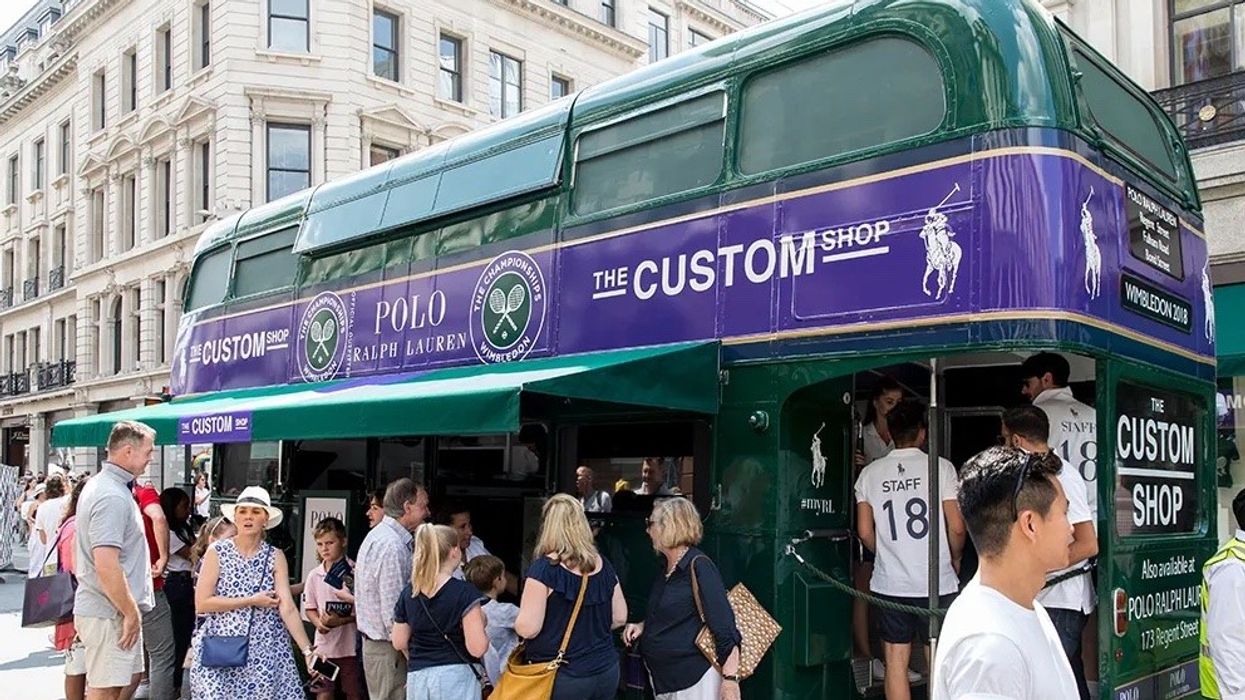


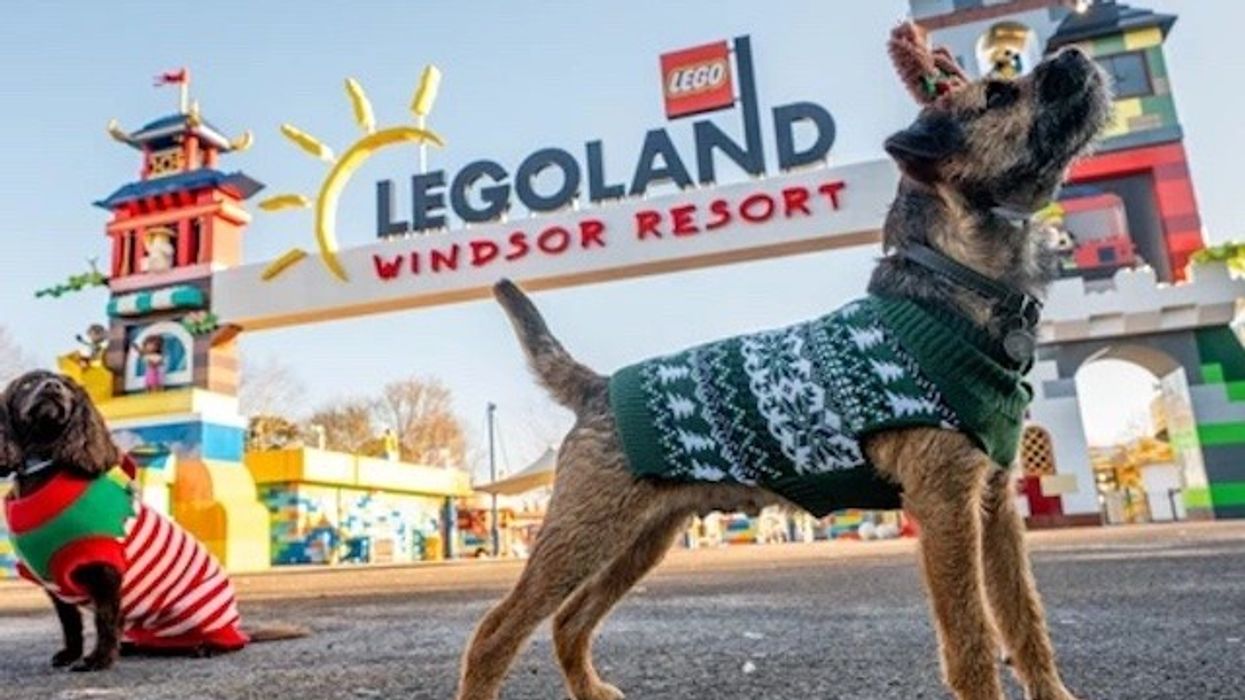
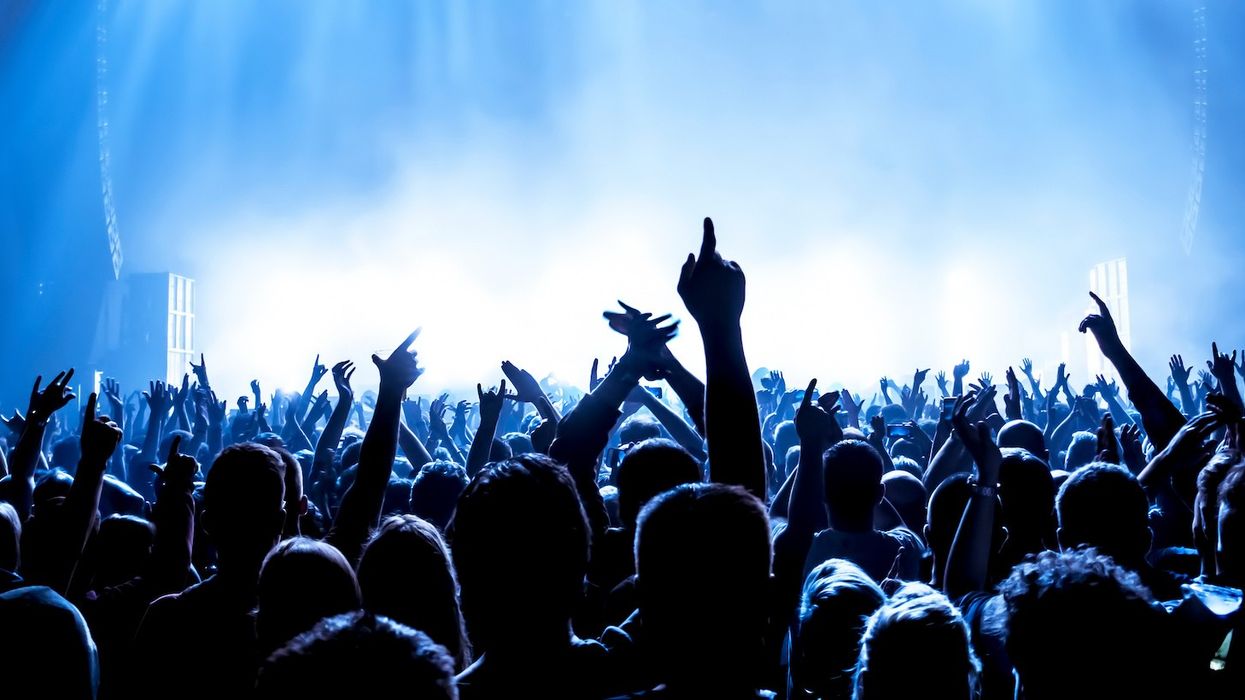
 Ian Macleod and Jordan Whittington
Ian Macleod and Jordan Whittington

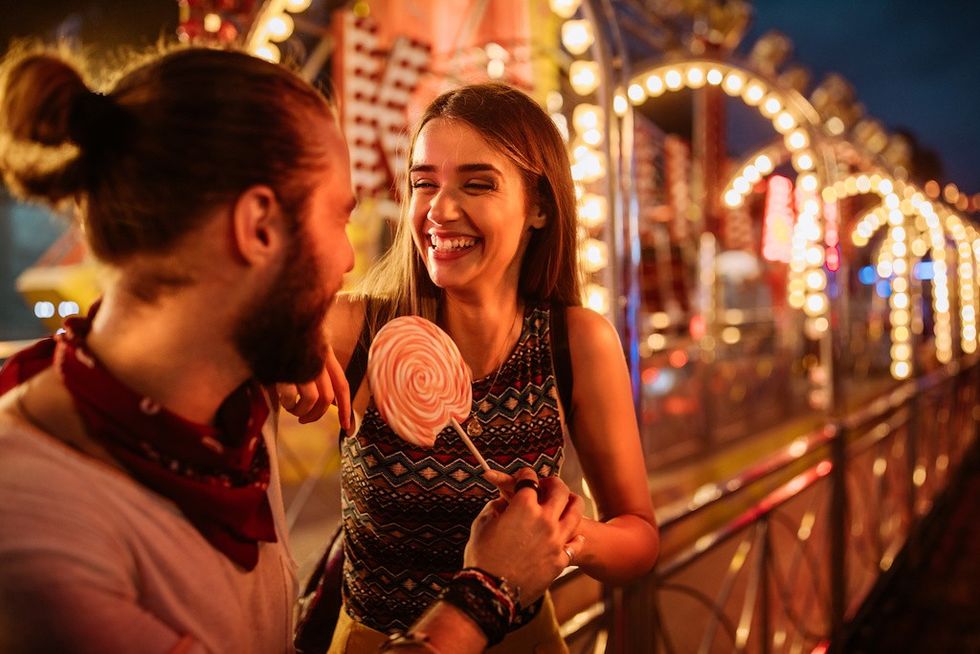


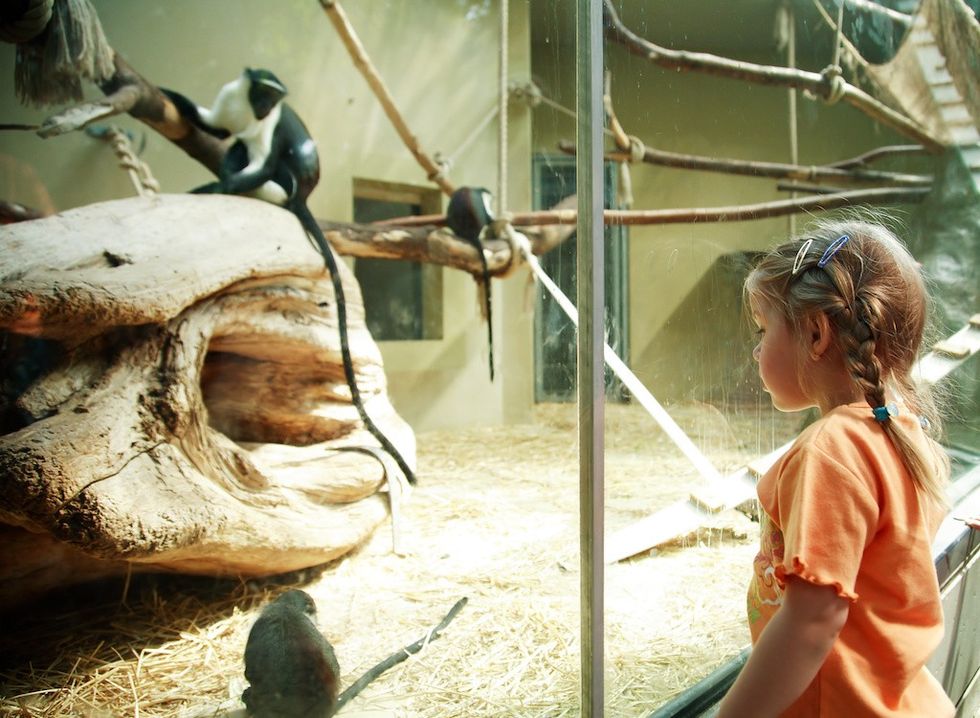

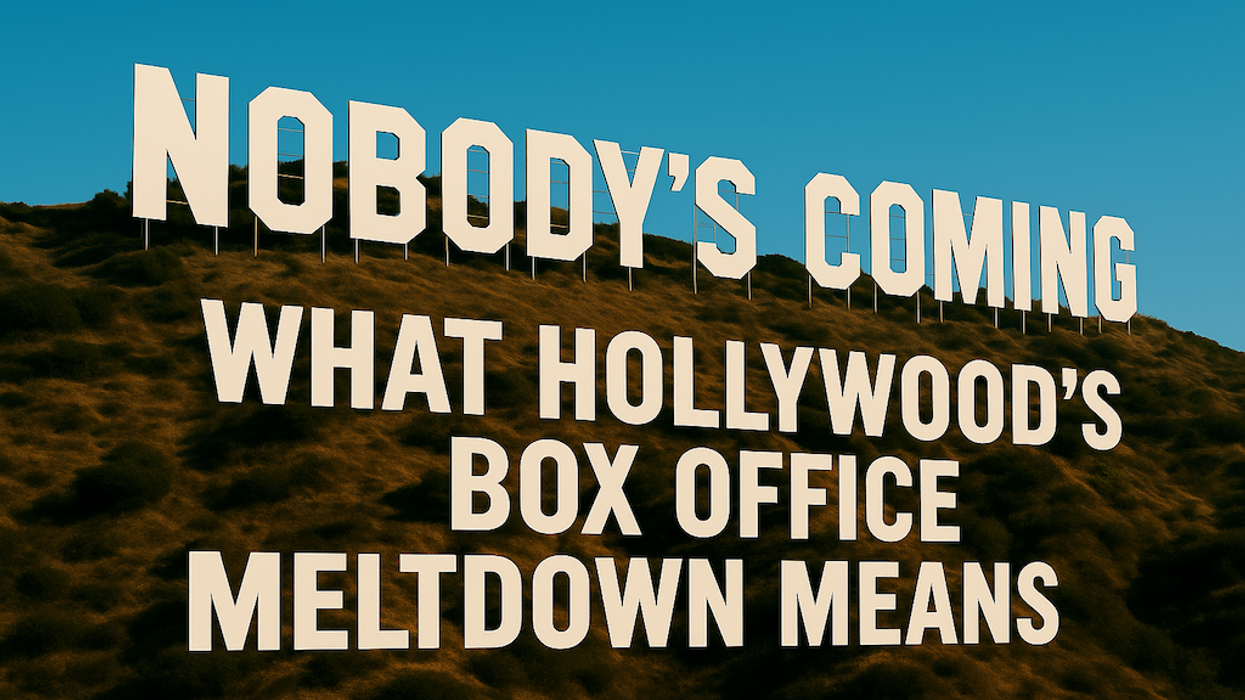

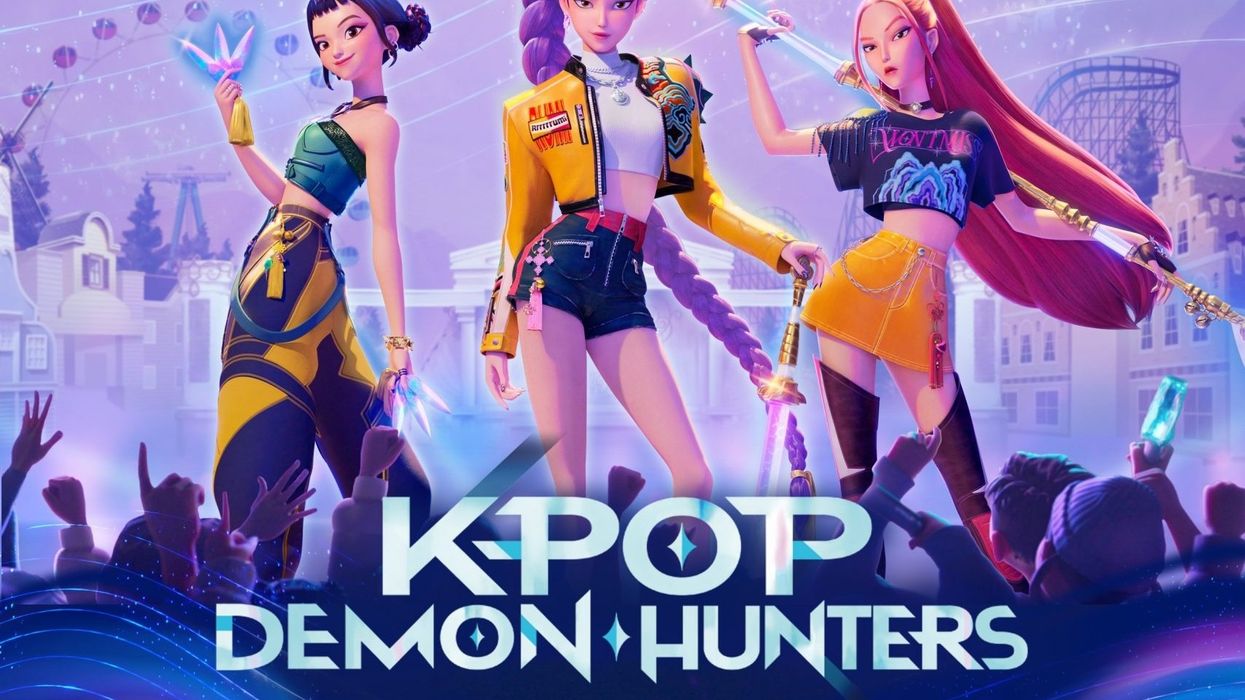
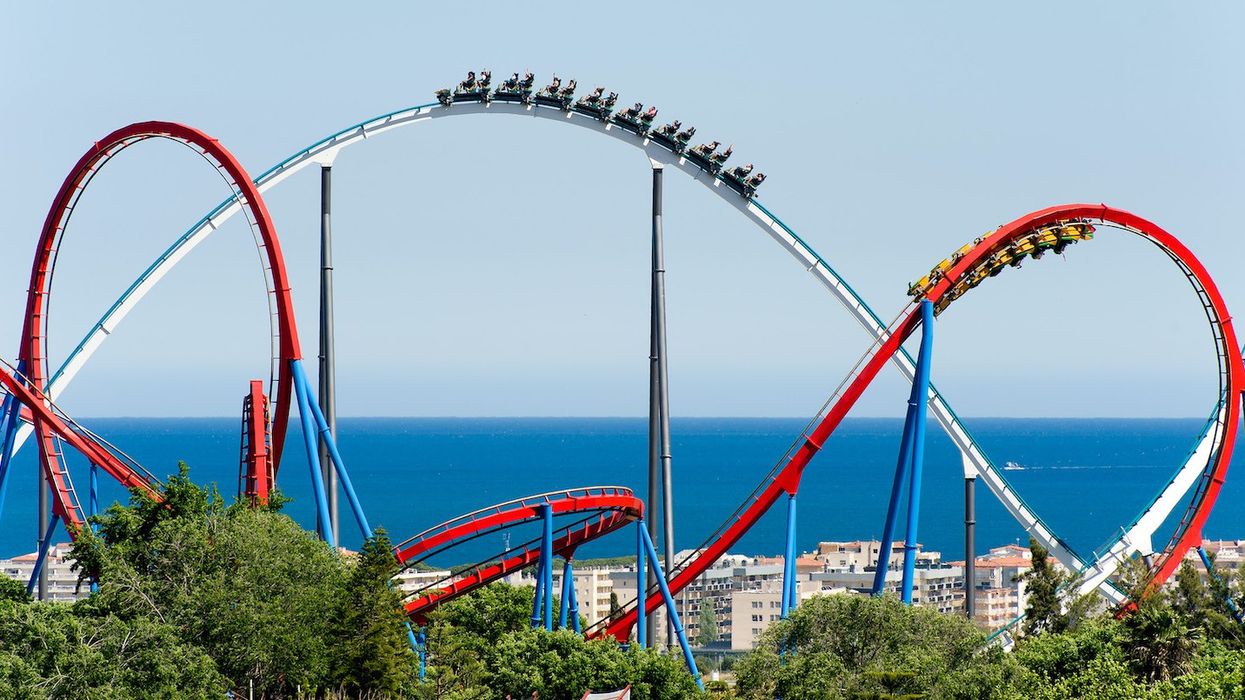

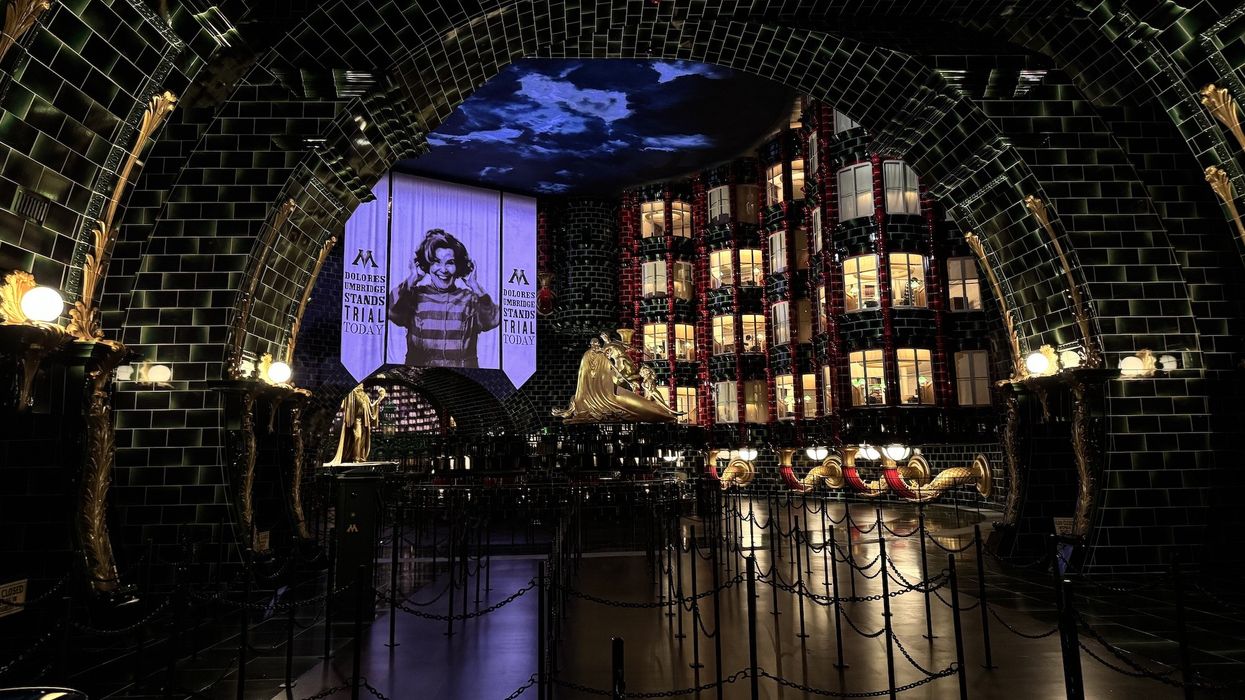
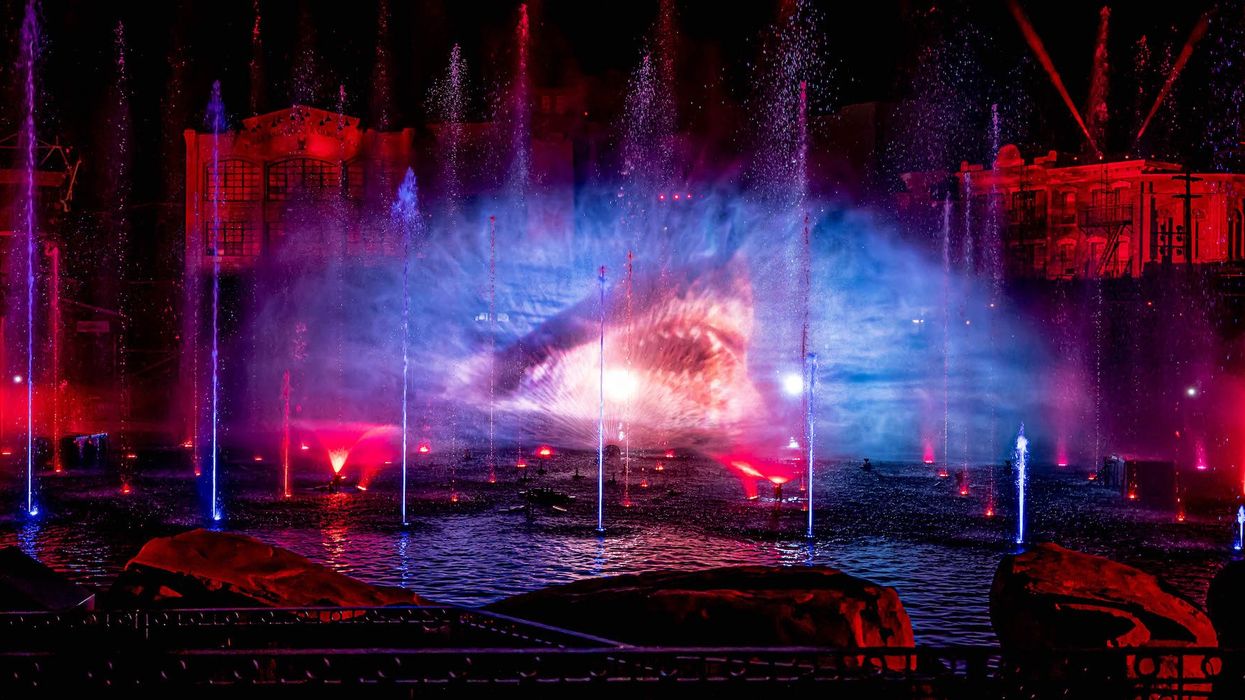
 Jason McManus, Jim Shumway, and Mike Aiello
Jason McManus, Jim Shumway, and Mike Aiello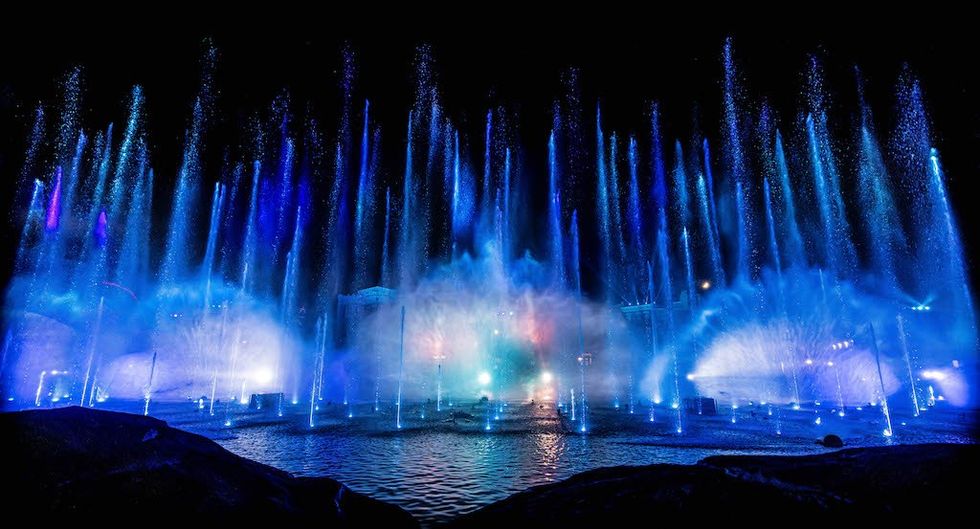

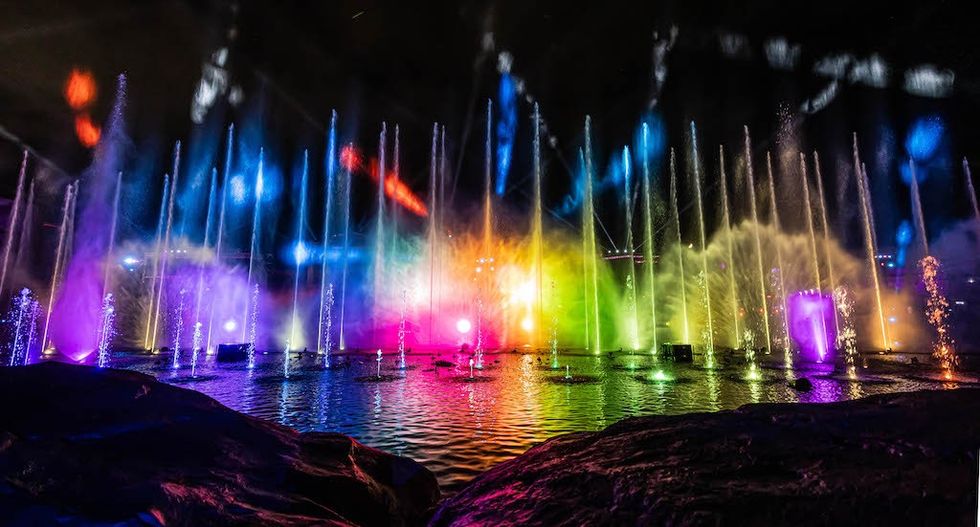

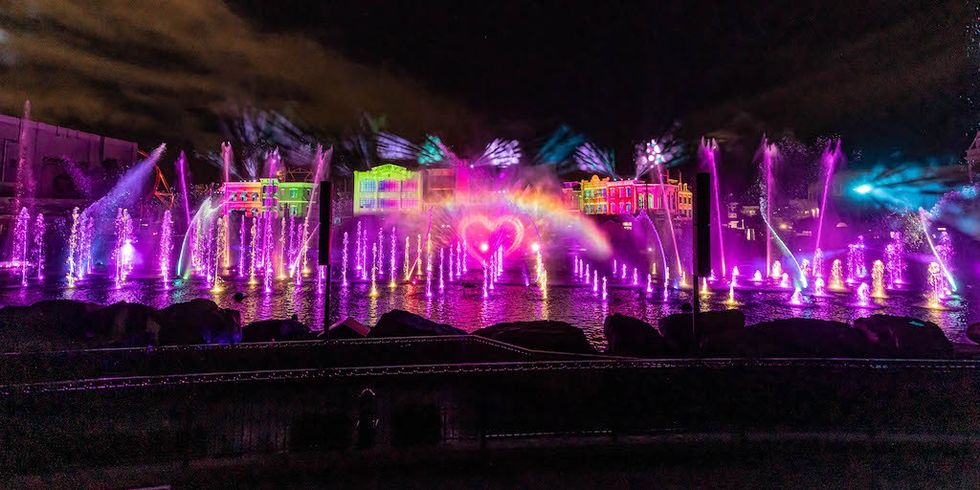
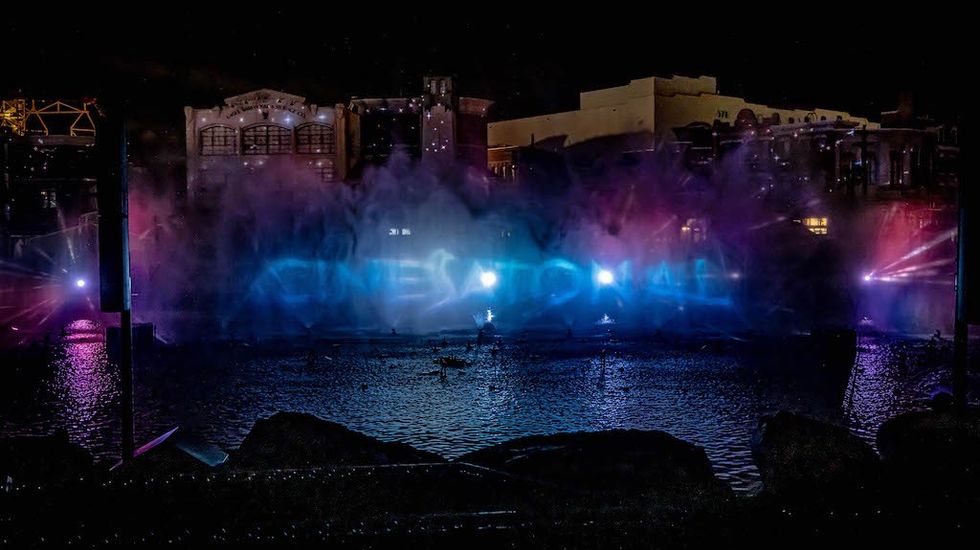
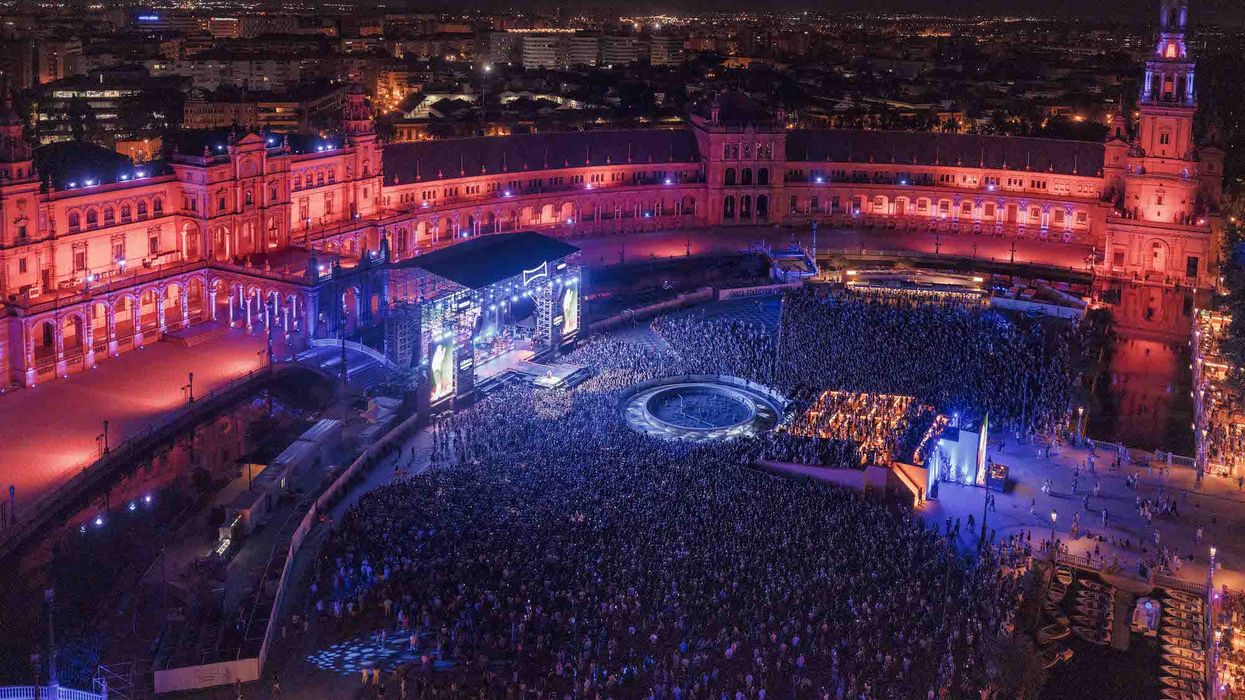
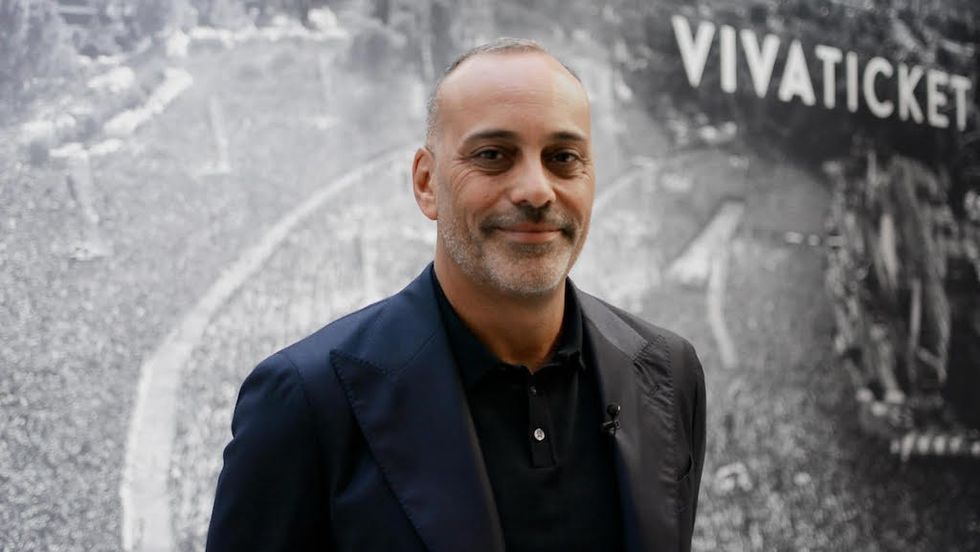 Silvano Taiani
Silvano Taiani

